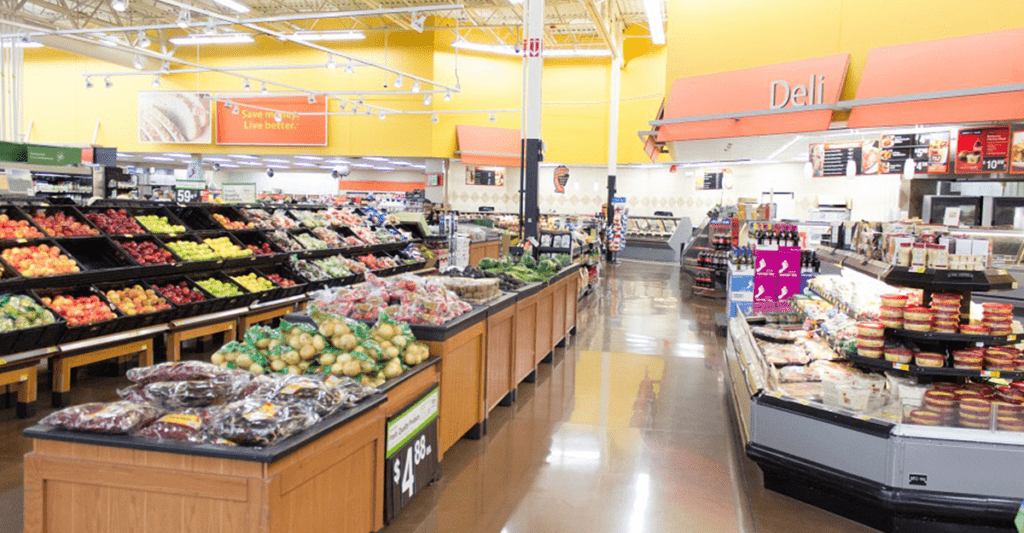
Enhanced Food Safety Response with Mass Communications
In a developed country like the United States, food safety is generally accepted as a given due to the high quality production standards of large, brand name companies. When Americans enjoy a meal at home or in their favorite eatery, they make a reasonable assumption that the food they are consuming is safe for them. While this is generally true, many would be surprised at the stricter food safety standards of the EU when compared to those of the United States.
However, even with the highest of standards, there are many gears that turn between the growing, processing, packaging and shipping phases of a food product’s life cycle. These can present numerous opportunities for risks to consumer safety, such as bacterial contamination, mislabeled ingredients or other factors.
Luckily, product recalls are usually announced on a timely enough basis to minimize the impact on the public and the FDA keeps an updated list of all recalls to help consumers stay informed.
Food Recall Classifications and the Levels of Risk
2017 has not seen a significant increase in food recalls compared to previous years and many were the result of mislabeling on the part of the manufacturer. That was the case with Tyson recalling 2.5 million pounds of chicken in June, when it was found that milk products were omitted from the ingredients list.
More disturbing was the recall issued by Smucker Foods for all 50 states, when several of their flour based products were determined to be the cause of 30 reported cases of E. Coli poisoning in Canada.
The FDA uses the following classification system in its recall process, based on the seriousness of the recall:
- Class I: The most serious classification, this signifies a clearly dangerous or defective product that can cause serious harm or death. An example would be a food product found to have been contaminated by botulism toxins.
- Class II: These products may cause a short-term health problem or have only a slight chance of serious harm if consumed.
- Class III: This recall classification involves scenarios where eating the food product will not likely cause any adverse health effects.
Mass Communication for Organizations During Food Recalls
Food recalls can negatively impact businesses, however, a robust and dependable method of mass communication can help offset many of the more negative consequences. Some examples include:
- Food Manufacturers: When quality assurance processes uncover a potential risk to consumer safety, the proper departments can be alerted to prevent the products from being shipped.
- Retail Grocers: When a food recall is issued, all franchise locations of a company can coordinate their efforts to quickly remove the recalled products from the shelves.
- Healthcare Organizations: In cases where food recalls have been the result of illness or other serious health concern, hospitals and clinics can efficiently notify their staff and care teams to be prepared for patients experiencing these issues.
As a leader in mass communication, Regroup helps organizations mitigate risks and be prepared for unexpected crises like a food recall. To learn more, give us a call at 1-855-REGROUP or email inquiries@regroup.com to schedule a customized demonstration of our award-winning platform.
Table of Contents
Categories
- Regroup Product Guides
- Disaster Recovery
- Employee Safety
- Routine Communications
- Mass Notification
- Critical Event Management
- Emergency Preparedness
- Corporate
- Insurance
- Business Continuity
- Business
- Education
- Uncategorized
- Nonprofit
- Healthcare
- Hospitality
- Government & Public Services
- Our Clients
- Awards
- COVID-19
- Safety & Preparedness
- Announcements